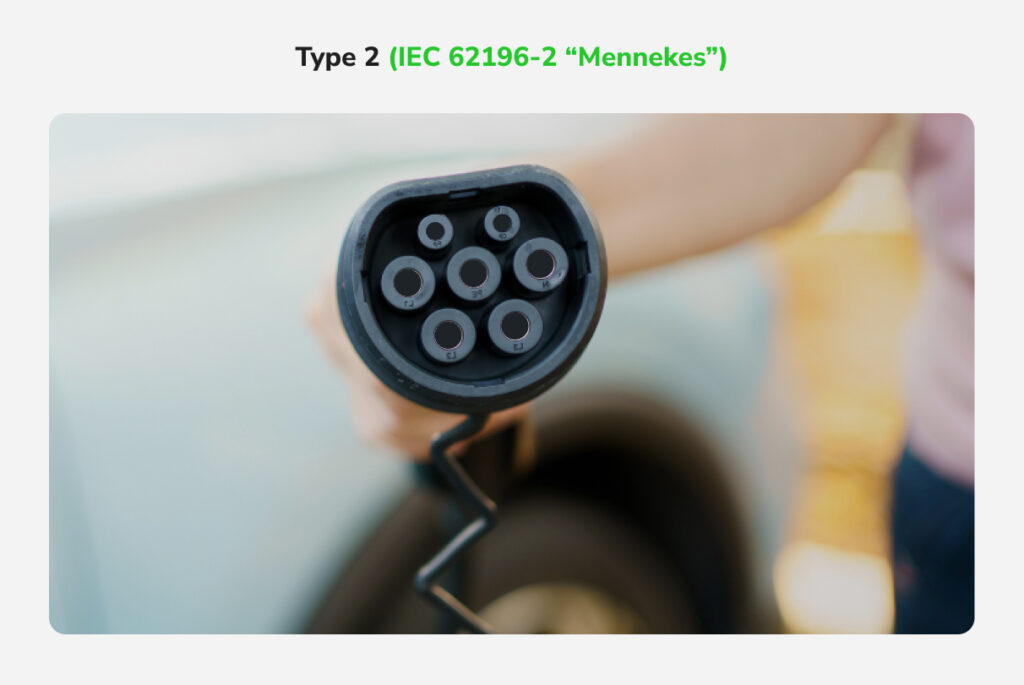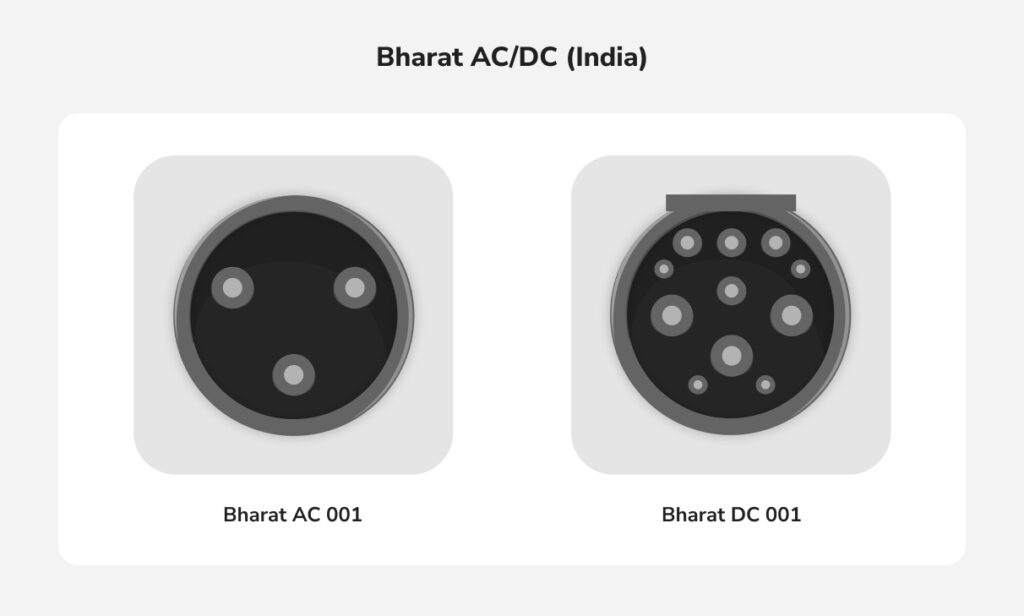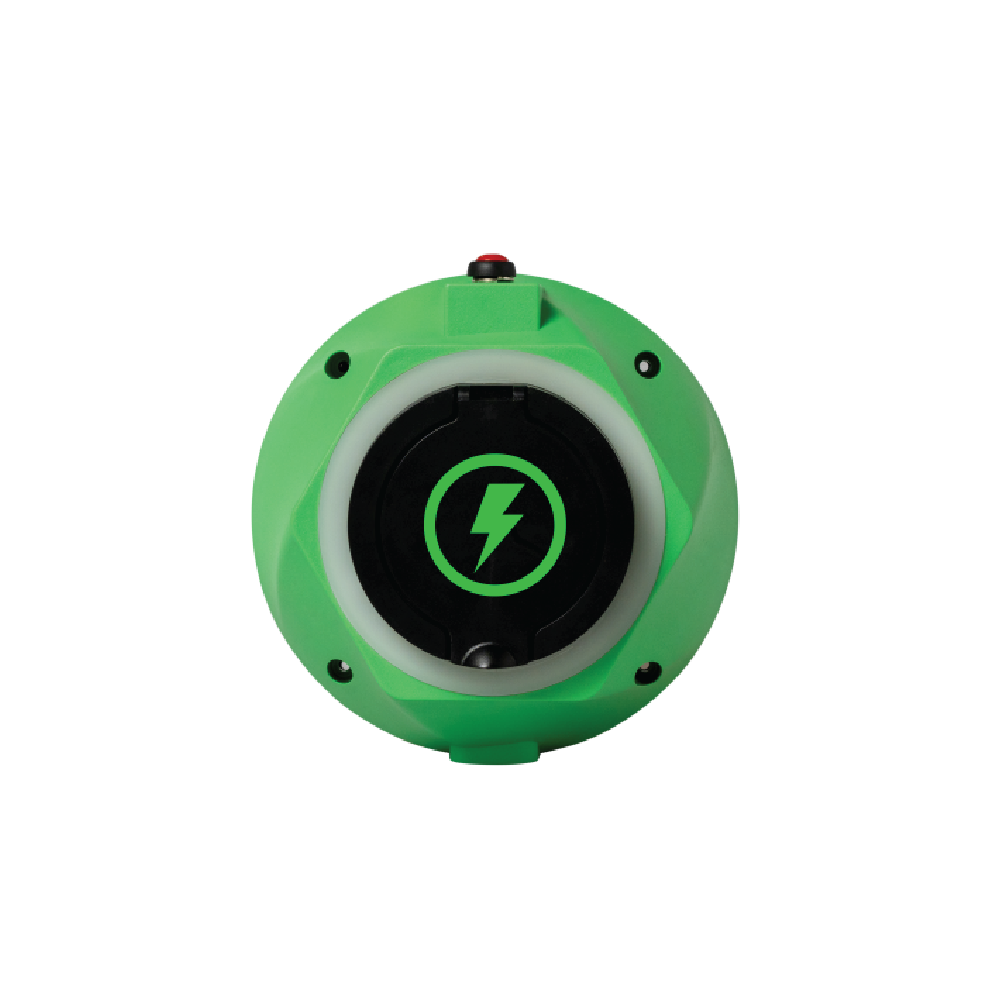EV Charging Connectors in India: A Masterclass on Standards
Raghav Bharadwaj
Chief Executive Officer
Published on:
06 Nov, 2025
Updated on:
24 Nov, 2025

Electric vehicle charging connectors are like the “fuel nozzles” of EVs – the plugs and sockets that let you charge your vehicle. Unlike petrol nozzles, which are standardized, EV connectors come in different shapes and standards. If you’ve ever struggled with multiple phone chargers, you know the feeling. EV owners face a similar challenge with charging connectors.
In this blog, we break down the key EV connector standards in India, why they matter, and who uses what. We’ll focus on the main players with an Indian lens for EV users, fleet operators, and charging providers. By the end, you’ll know exactly which plug fits which vehicle and why India is standardizing connectors.
Why Do EV Connector Standards Matter?
In the early days of EVs, automakers used different charging plugs, leading to a “format war” much like VHS vs. Betamax or old phone chargers. Some countries rolled out confusing charging networks with multiple plug types, frustrating drivers when plugs didn’t fit their EVs.
Standards ensure any EV can charge at any station safely and efficiently. They define plug shape, power levels, and communication between car and charger, so both speak the same “language”. For drivers and fleet operators, standard connectors reduce range anxiety. For charging providers, it means serving more vehicles with fewer cable types. In short, connectors are the bridge between EVs and the power grid, and standardization is key to a seamless charging experience.
Type 2 (AC): The Standard AC Charging Plug

Type 2, also known as the Mennekes or IEC 62196 Type 2 connector, is the global standard for AC charging and the default in India. Its round 7-pin design supports both single-phase and three-phase AC, allowing up to 32A and 22 kW output.
Most EVs in India, from the Tata Nexon EV and MG ZS EV to the Audi e-tron and Mercedes EQC, use a Type 2 port, often as part of the CCS2 combo inlet. Public chargers (7–22 kW) at malls and offices typically provide Type 2 sockets or tethered cables, letting you plug in directly or use your own cable.
Type 2’s success comes from its universal compatibility, built-in safety features, and smart communication pins that let the charger and car “handshake” before charging. It’s officially recognized by the Bureau of Indian Standards (BIS) as India’s AC charging norm, ensuring interoperability across vehicles and networks.
Think of it as the USB-C of EVs: one connector for almost everything.
CCS2 (Combined Charging System Combo 2)

For fast charging, CCS2 (Combined Charging System Type 2) is now the benchmark across India and much of Europe. It combines AC and DC charging within a single connector, creating a unified solution for every scenario.
A CCS2 inlet looks like a Type 2 socket with two larger DC pins added below. This simple but clever design allows one port to handle both slow AC and high-speed DC charging. For drivers, that means one port for all charging needs; for manufacturers, it simplifies design and ensures global compatibility.
Technically, CCS2 is built for high-voltage, high-current charging, up to 1000 V DC and around 500 A with liquid-cooled cables, enabling ultra-fast charging. In practice, most public fast chargers in India deliver 60–120 kW, while premium networks are rolling out 150–350 kW stations.
Recognizing this scalability, BIS adopted CCS2 for DC and Type 2 for AC as unified national charging standards. Today, nearly all public DC chargers in India feature CCS2 guns. Older systems like CHAdeMO, once common for Japanese EVs, have largely disappeared as the market converged on CCS2.
As a result, virtually every modern EV, from the Tata Nexon EV and MG ZS EV to the Kia EV6, BMW i4, BYD Seal, and Mercedes EQE, supports CCS2 fast charging, cementing CCS2 as the backbone of India’s fast-charging ecosystem.
GB/T: The Chinese Standard and Its Indian Journey

GB/T refers to China’s national charging standards (GB stands for “Guobiao,” meaning national standard). Unlike CCS, GB/T has separate plugs for AC and DC.
The AC connector is oval-shaped with seven-pins, while the DC connector uses two thick pins in a rectangular housing. Many early Indian charging stations installed under government schemes had GB/T outlets, especially for serving vehicles from Indian manufacturers who adopted the “Bharat DC-001” standard.
GB/T entered India through early Chinese-designed EVs and the Bharat Charger standards (2017–2019). Bharat DC-001 used a modified GB/T connector with CAN communication, delivering up to 200 V, 120 A (≈15 kW) for early EVs like the Mahindra e-Verito, e2o, and Tata Tigor EV fleet models. Bharat AC-001 offered up to 3×3.3 kW via IEC 60309 sockets.
As EVs grew in range and battery size, India adopted the CCS2 for new cars. GB/T remains relevant mainly for electric buses (e.g., BYD-based Olectra fleets) and older public chargers, but CCS2 dominates new installations.
LECCS (Type 7 Connector): India’s Standard for Two- & Three-Wheelers

LECCS (Light Electric Combined Charging System) is India’s first homegrown charging standard for light EVs, covering electric 2-wheelers, 3-wheelers, and small 4-wheelers. Approved by BIS in late 2023, it’s the world’s first combined AC/DC connector designed for light vehicles.
CCS2 is too large and costly for scooters or e-rickshaws. Since over 75% of Indian vehicles fall into this category, LECCS offers a compact, affordable solution by merging AC and DC pins into one small, lightweight plug, essentially a “mini CCS” for light EVs.
LECCS (Type 7 in BIS documents) supports up to 7 kW AC (240 V, 32 A) and ~10–12 kW DC (120 V, 100 A), enabling both slow home charging and DC fast charging. A typical scooter can charge to 80% in under an hour using an LECCS DC charger; no separate charger or proprietary connector is needed.
Developed by NITI Aayog, ARAI, DST, and industry players like Ather Energy, LECCS builds on Ather’s open-sourced connector design. Manufacturers including Ather, Hero MotoCorp, and Jitendra EV are already integrating it. With adoption, over 90% of India’s light EVs could share a common connector.
Bharat DC-001: India’s First DC Fast-Charging Standard

Introduced under the FAME program in 2017, Bharat DC-001 (or Bharat DC) is India’s first national DC charging standard. Based on China’s GB/T protocol, it uses the same gun-style connector with two large DC pins and smaller communication pins. Bharat DC-001 delivers up to 15 kW DC output (200 A, approx. 72 V max). It covers voltage levels from 48V to 72V using CAN communication and supports OCPP for charger-network integration, making it advanced for its time. Though slower than CCS2, it’s 4–5× faster than basic AC charging; for example, a 5 kWh e-rickshaw battery could recharge in about 20–30 minutes.
Initially, Bharat DC chargers were installed nationwide under FAME and by public agencies like EESL, anticipating their use by low-voltage cars and fleets. However, as mainstream EVs adopted higher-voltage systems and CCS2 connectors, Bharat DC became limited to light EVs. Today, it remains relevant mainly for e-autos, e-carts, and small 3-wheelers like the Mahindra Treo or similar fleet vehicles.
Early policies required one Bharat DC charger per public station, but this mandate was dropped in 2019 as carmakers shifted to CCS2. The BIS standard IS:17017 still includes Bharat DC for low-voltage use, but new deployments now favor modern connectors such as Type 6 and Type 7 (LECCS).
Type 6 (IEC 62196-6 / “Dash-6”)

Type 6, also called Dash-6 or LEV DC connector, is a DC-only charging standard for light EVs such as scooters, e-rickshaws, and bikes. Defined in India’s IS:17017 Part 2 Section 6, it supports up to 120 V DC and delivers 3–12 kW. It uses a simple CAN-bus protocol with a control pilot signal for safety and has two main pins (DC + and –) plus smaller ones for communication. It does not support AC charging or advanced features like Plug-and-Charge or V2G. The focus is simplicity, reliability, and low cost.
At 10 kW, a 10-minute charge adds about 1.6 kWh, roughly 40–50 km of range for a scooter. Most chargers operate at 3 kW or 6 kW to balance cost and speed, while higher-power versions (10–12 kW) are used for rapid fleet top-ups.
Between 2022 and 2024, Type 6 became popular for quick, low-cost network deployment. A typical charger costs around ₹1.5 lakh (~$1,800), making it ideal for small businesses and fleet depots. It’s widely used in pilot projects and compact charging points across cities.
However, Type 6 is seen as an interim standard. BIS and government agencies now back Type 7 (LECCS) as the long-term solution. By 2024, both Type 6 and Type 7 were officially standardized, and dual-standard chargers (e.g., Bolt.Earth Blaze DC) began supporting both to ensure compatibility.
Final Thoughts
India’s EV connector landscape is becoming unified and user-friendly. For four-wheeler EV users, it’s straightforward: cars use Type 2/CCS2 ports, so any standard charger will fit. Carry your Type 2 cable for AC charging and use CCS2 cables at DC stations.
For two- and three-wheeler users, the government and industry heard your pain (of carrying chargers or finding brand-specific stations) and introduced LECCS, which promises “one plug to charge them all,” whether it’s a slow top-up or a quick fast-charge. As this gets adopted, expect a much denser and more accessible network for light EVs; charging an e-scooter on the go could become as easy as charging your phone at any cafe.
A key takeaway is that standardization breeds confidence. When connectors are widely supported, EV ownership feels seamless. India’s policies aim to remove refueling anxiety, ensuring customers can charge their vehicles easily, no matter where they are or which brand they ride. This is akin to how all petrol vehicles share the same fuel dispensers; you never worry if a petrol pump will fit your bike or car’s fuel inlet.

Frequently Asked Questions
Which connectors are approved by BIS?
Type 2 (AC) and CCS2 (DC) for four-wheelers and LECCS (Type 7) for two- and three-wheelers are officially approved by BIS.
Is CHAdeMO still used in India?
No. CHAdeMO is being phased out in favor of CCS2, which has become the global and Indian standard for DC charging.
Why did India choose Type 2 and CCS2 as its national standards?
India adopted Type 2 for AC and CCS2 for DC because they are globally established, interoperable, and future-proof. They support both single-phase and three-phase AC and high-power DC fast charging (up to 1000 V, 500 A), covering the entire range from home to highway charging. This ensures imported EVs, local models, and future vehicles all use a common ecosystem.





